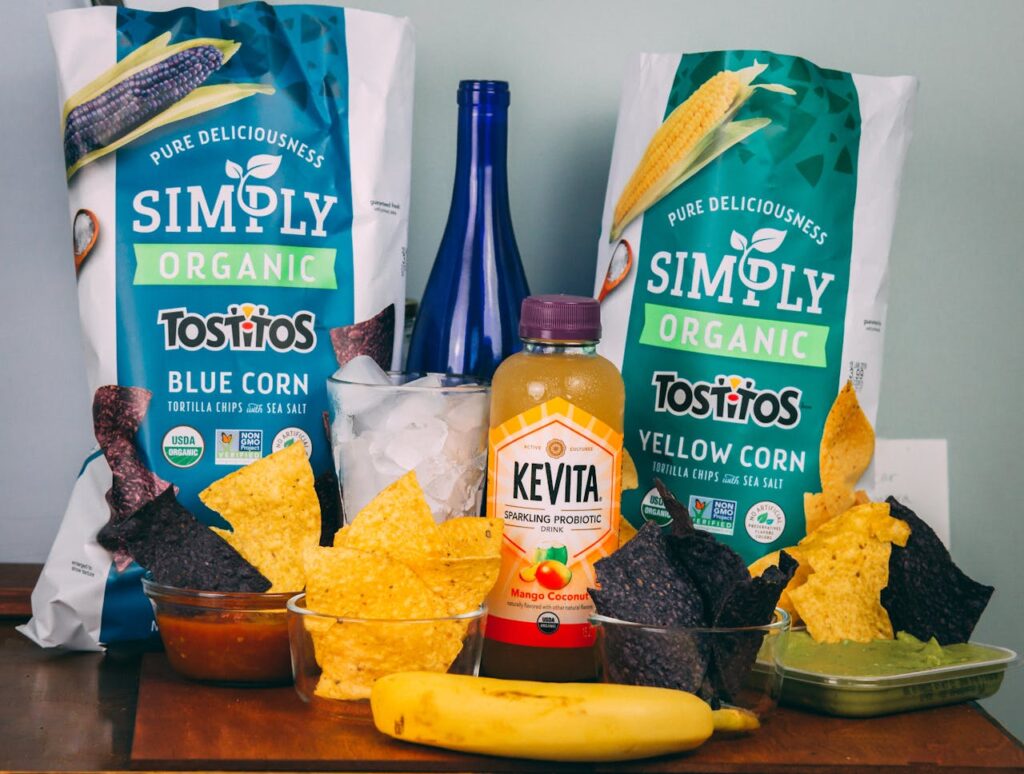Have you ever wondered how much food you should eat each day to stay healthy? Understanding the right portion sizes is key to feeling good and staying fit. In this guide, we’ll explore what’s considered a healthy amount to eat and whether many of us in America are eating more than we need. Let’s dive into the basics of portion control and healthy eating habits.
Overeating in America

Many Americans are eating more than they used to, and there are a few reasons why this is happening:
1. Bigger Portions
Restaurants and fast-food places frequently serve meals with larger portions than what we might prepare at home. When faced with a sizable plate of food, we tend to eat more because the portion size influences our perception of how much is appropriate to consume.
This phenomenon, known as portion distortion, can lead us to overeat without realizing it, contributing to higher calorie intake and potentially affecting our overall health. Being mindful of right portion sizes can help us make healthier choices and manage our calorie intake more effectively, whether eating out or at home.
2. Processed Foods

Many processed foods found in grocery stores are designed to be appealing by containing added sugars, salts, and fats. These additives enhance the taste and texture of the food, making it more enjoyable to eat. However, these ingredients can be harmful when consumed in excess.
High levels of sugar, for example, contribute to weight gain and increase the risk of conditions like diabetes. Excessive salt intake can lead to high blood pressure and cardiovascular problems. Additionally, consuming too much saturated and trans fats can raise cholesterol levels, which is linked to heart disease. Therefore, while these additives may enhance flavor, they can have negative effects on our health if consumed in large quantities over time.
3. Snacking

Snacking between meals has become a common habit for many of us, often driven by convenience, boredom, or stress rather than actual hunger. These snacks can be packed with calories, especially if they’re high in sugars, fats, or processed ingredients. Constant snacking throughout the day can lead to consuming more calories than our bodies need, which can contribute to weight gain over time.
It’s important to be mindful of why and when we snack, opting for healthier options like fruits, vegetables, or nuts when we do feel hungry between meals. This can help manage calorie intake and support overall health and well-being. Practicing right portion sizes during snacks ensures we’re satisfying hunger without overeating, promoting a balanced diet and healthier lifestyle.
4. Busy Lifestyles

When we’re rushing around, we might grab fast food or snacks that are convenient but not always the healthiest. These foods can be high in fats, sugars, and sodium, which can lead to eating more calories than we need. This pattern of choosing fast, easy foods contributes to how much we eat overall. By understanding these habits, we can make better choices that support healthier eating and overall well-being.
5. Lack of Awareness
Often, we eat without fully realizing how much food we’re consuming because we’re not mindful of right portion sizes or the frequency of our eating. This lack of awareness can lead to overeating without intending to.
For example, we might grab a snack from a large bag or eat straight from a container, not realizing how many servings we’ve actually consumed. Similarly, we might eat throughout the day without keeping track of how often we’re snacking or having meals, which can add up to more calories than we need.
Right Portion sizes: A Simple Guide to Balanced Eating
Choosing the right portion sizes for your meals is important for staying healthy and feeling good. Here’s a guide to help you understand how much to eat:
1. Vegetables

Fill half of your plate with colorful veggies like spinach, carrots, or bell peppers. These are rich in vitamins and fiber. These nutrients support immune function, digestive health, and protection against chronic diseases. Therefore, adding a variety of vegetables to your meals enhances nutrition and promotes overall well-being.
2. Protein

About a quarter of your plate should have protein, like chicken, fish, beans, or tofu. Protein provides essential amino acids for muscle building and repair, nutrients for energy and immune function, and helps you feel full longer.
Balancing your meals with diverse protein sources promotes a healthy, balanced diet and supports overall well-being.
3. Carbohydrates

The other quarter of your plate can include carbs, such as whole grains like brown rice or whole wheat pasta. Including whole grains provides sustained energy, fiber for digestion, and essential nutrients.
These foods support stable blood sugar levels, heart health, and overall well-being. Choosing whole grains over refined grains promotes a balanced diet and helps maintain energy throughout the day.
4. Fruits

Fruits are a healthier choice compared to other desserts like cakes and ice cream due to their natural sweetness and nutrient richness. While fruits contain natural sugars, they also provide essential vitamins, minerals, and fiber, supporting overall health and digestion.
Enjoying fruits as snacks or desserts in moderation helps satisfy sweet cravings while promoting a balanced diet and healthier lifestyle.
5. Fats

Using healthy fats like olive oil or avocado in moderation supports heart health by lowering bad cholesterol levels and reducing the risk of heart disease. These fats also aid in the absorption of fat-soluble vitamins, promote satiety, and contribute to brain health.
A small amount of oil, typically 1-2 tablespoons per meal, is sufficient to enjoy these benefits without exceeding recommended daily calorie intake from fats. Incorporating these fats into a balanced diet helps maintain overall well-being and supports healthy eating habits.
Building Healthy Eating Habits

In summary, grasping the significance of right portion sizes and opting for balanced meals is vital for maintaining good health. Strive to fill half your plate with colorful vegetables, a quarter with protein-rich foods, and the rest with whole grains to sustain your energy levels. Enjoy fruits in moderation and make smart use of healthy fats like olive oil. Additionally, it’s wise to minimize or avoid empty-calorie sources such as sodas, which offer little nutritional value and can detract from your overall well-being.
Remember, everyone’s needs are different, so adjust portions based on your activity level and hunger. These habits not only support your heart and overall health but also help you feel good and energetic every day. By paying attention to right portion sizes and making smart food choices, you can build healthy eating habits that last a lifetime.














